
Last year I built my first new house, with my wife, the help of some friends, and a few hired subs. Our air-sealing goal was 1ACH50 and we gave that number to the engineer who did our energy model. Knowing that we’d be sizing our minisplit based on the results of his manual J, I became obsessed with making sure the house would perform as predicted by the model.
Having worked at FHB and GBA for a couple of decades and having completed an energy retrofit on an older home, I felt pretty confident in how to plan for a continuous air barrier. Having little hands-on experience with new homes, I wasn’t going to leave anything to chance. Everywhere I could, I used a redundant, belt-and-suspenders approach to air-sealing. For example, I air-sealed beneath the mudsill, applied a bead of sealant between the outside face of the mudsill and sheathing, and sealed the whole area again when I installed EPS rigid foam cut-and-cobble style at the rim joist. I also used an expensive approach to air-sealing the ceiling (similar to this) that I felt more confident in my ability to do well than using the airtight drywall approach, or a membrane.
After a series of blower-door tests at two stages of the build, we averaged about .5ACH50. I was thrilled with the results, but I can’t say our approach was cost-effective. Belt-and-suspenders air-sealing means two materials where one could do the job, and though it has other benefits, our ceiling detail included a whole bunch of lumber and sheathing that could have instead been a couple rolls of a membrane, or just some sealant to make the drywall airtight.
Shortly after moving into our house, I attended a meeting with a group of very experienced local builders.…
Weekly Newsletter
Get building science and energy efficiency advice, plus special offers, in your inbox.

This article is only available to GBA Prime Members
Sign up for a free trial and get instant access to this article as well as GBA’s complete library of premium articles and construction details.
Start Free TrialAlready a member? Log in
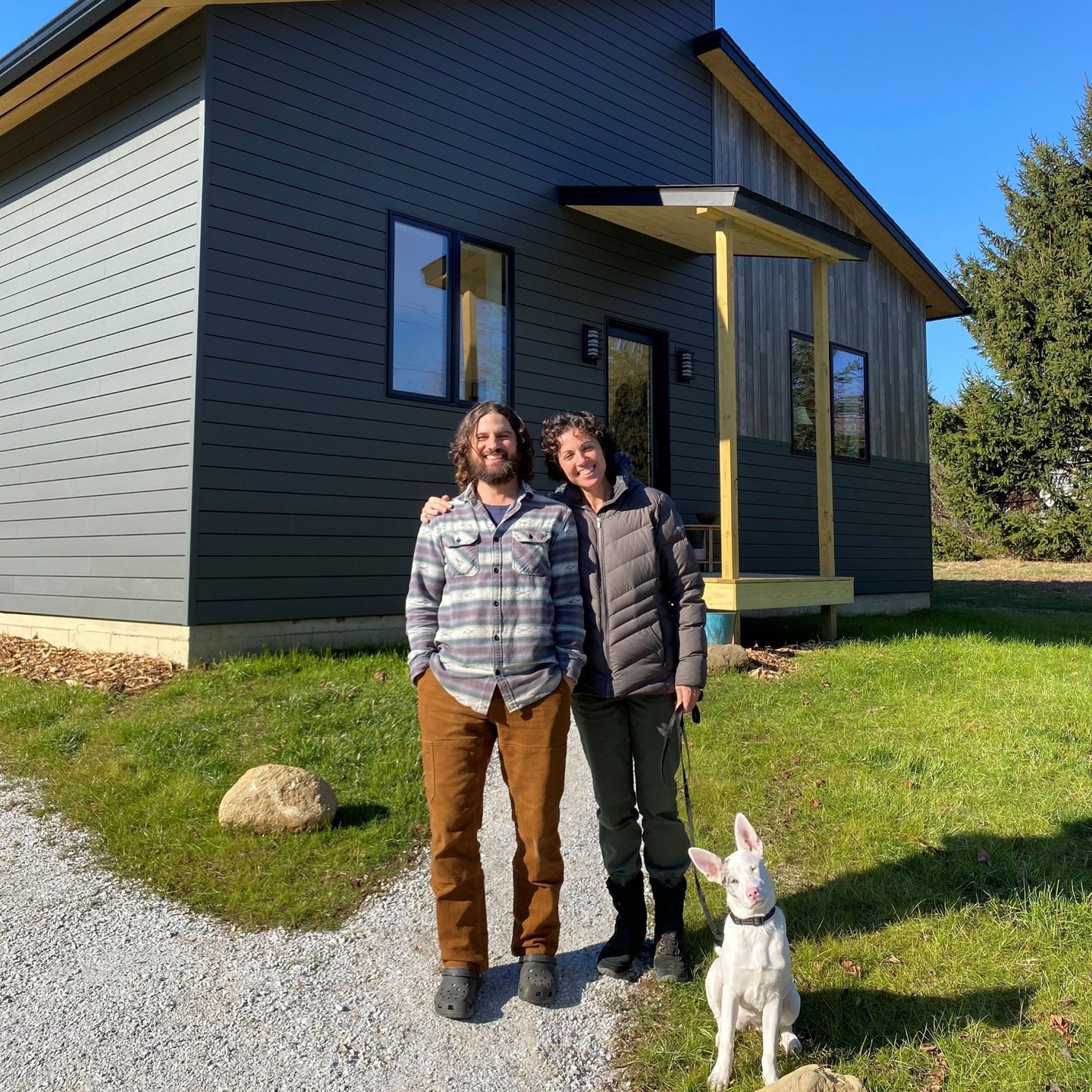




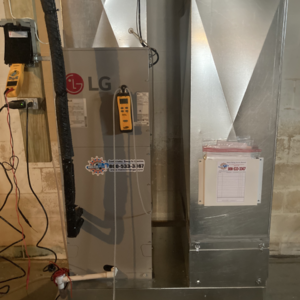
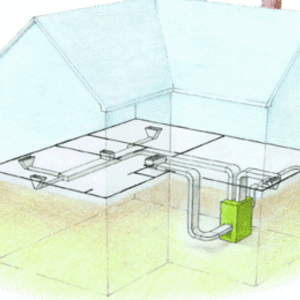
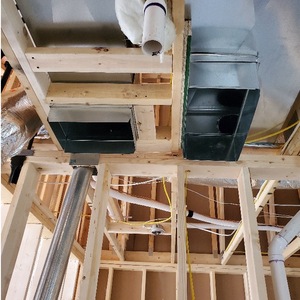
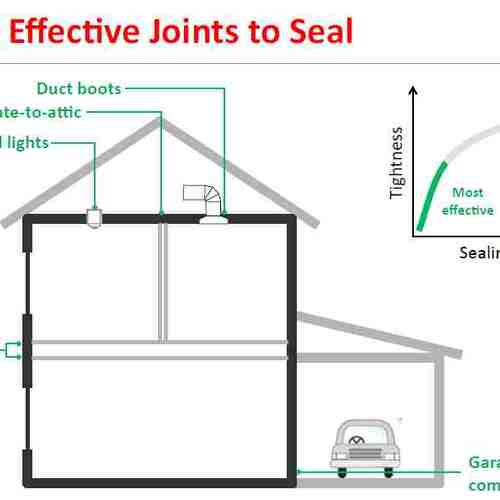






9 Comments
There's our star sealer, Liz!
And agree with Mike on alternates to blower door. We have a big negative air machine we use to keep jobs clean while we're working. It. It has a 2000cfm fan - depressurizes more than a blower door does.
Dan,
I think you and Mike should make a video on blower door directed air sealing without a blower door.
Brian,
Great overview! One small point: I think it's called the "Red Pen Test" . My understanding is if you don't use a red pen it won't work :)
Maybe there's a new product idea here, Malcolm.
Pen Test Pens: Color coded for each control layer.
It's always been my position that if Air Sealing Details are not drawn on the plans, the chances of getting done on the jobsite greatly diminish... or any other detail for that matter.
Armando,
I'd be interested to see how the air sealing details are indicated on your plans.
There are hundreds of open-source details in the DOE’s Building America Solution Center and some State Code Appendixes for almost every assembly and installation you need. Folks can also find details that maybe subject to copyright from the GBA, FHB, JLC, BSC, many product manufacturer's and even Google.
FYI, if you go to a couple of BS*+Beer Show presentations I participated, you'll see what I mean.
Unfortunately, in our industry, doing the extra work is not valued nor encouraged since must folks don’t want to pay for a fully detailed set of drawings.
Great thought Armando. We're dealing with this very issue now during our build. Our panelized walls are going up, and the vaulted parallels trusses just arrived. At this point in the build, neither the architect nor the builder have answered my question as to the primary air barrier locations. Plans don't show any detail other than buzz words like "full air sealing", and "advanced framing". I certainly doesn't appear we're getting either. We didn't know what we didn't know going in, but the design/build team, certainly should have. The more I learn, the more frustrating the process becomes.
jimgove30,
That was the advantage of having one well established system of air-sealing as we had here in Canada for decades. Whatever the shortcomings of interior poly, it's ubiquitous use meant the designer, builder, trades, and inspectors all knew the standard details and could see if they were executed. The proliferation of boutique air-sealing strategies and details makes having everything laid out in the drawings and specifications essential.
Log in or become a member to post a comment.
Sign up Log in